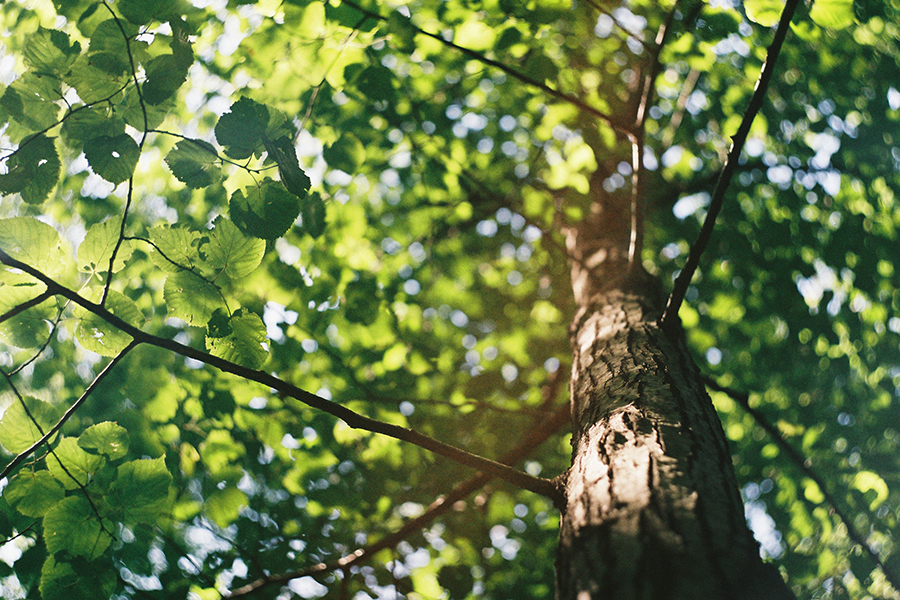UFV has recently seen the removal of 18 trees near Building A and Building D as part of ongoing renovations.
The City of Abbotsford has bylaws intended to protect established trees in Abbotsford, requiring trees to be replanted when they are removed from certain city properties. UFV falls under the bylaw’s purview and is required to replant the trees they have removed. The city maintains a list of trees they recommend. However, the majority of the trees chosen are not native species. Of a list of over 80 tree species, only a very small handful are native.
While an equivalent number of trees will be replanted on the campus to make up for those removed, the majority of the trees UFV has selected are not native species.
UFV is just following bylaws, but the options listed by the City of Abbotsford point to a larger problem. The lack of native species on the list demonstrates the true disconnect between Abbotsford’s current urban planning practices and the local environment.
Many of the trees on the list are beautiful, and this is entirely to be expected since their primary function is landscaping and decoration. Dogwoods have lovely white flowers in the spring, and many of the listed maples have rich fall oranges and reds.
The problem is that the trees on the list are the only trees that are recommended by the city, and there is nothing on the list to indicate which species are non-invasive. Homeowners, landscapers, and contractors who need to replant would need to do research or come to the list with prior knowledge about which species are best for our local ecosystem — and a desire to only use those trees. As it stands, nurseries only have reason to stock the suggested trees, which are in relatively high demand. If native options aren’t suggested, they won’t be in demand, won’t be stocked, and won’t be seen as viable options for landscapers.
Urbanization has resulted in massive changes to the physical landscape. The movement of people into dense city centres and the expansion of these cities have forced many animal species to learn to live and thrive in urban environments. As urban environments are becoming habitats for many native species, this should be taken into consideration when landscaping.
Green spaces like UFV are havens for urban animals, and we have a perhaps surprising number of species on campus. Northwestern salamanders and rough skinned newts live in our on-campus ponds. We have an owl that hangs out around Building C certain evenings, and skunks and possums that prowl the campus at night. During the day the trees are home to an array of robins, crows, and song birds.
Humans aren’t just changing the climate. Our continued expansion is dramatically altering the plant composition, and lack of knowledge of the land we live on is perpetuating the problem. The City of Abbotsford needs to take a look at their recommendations; with the ever-growing number of species endangered by climate change, deforestation, and habitat invasion, trees cannot be forgotten. The city’s landscaping lists should be comprised of beautiful native species that will strengthen and heal Abbotsford’s urban ecosystem — not just decorations.


